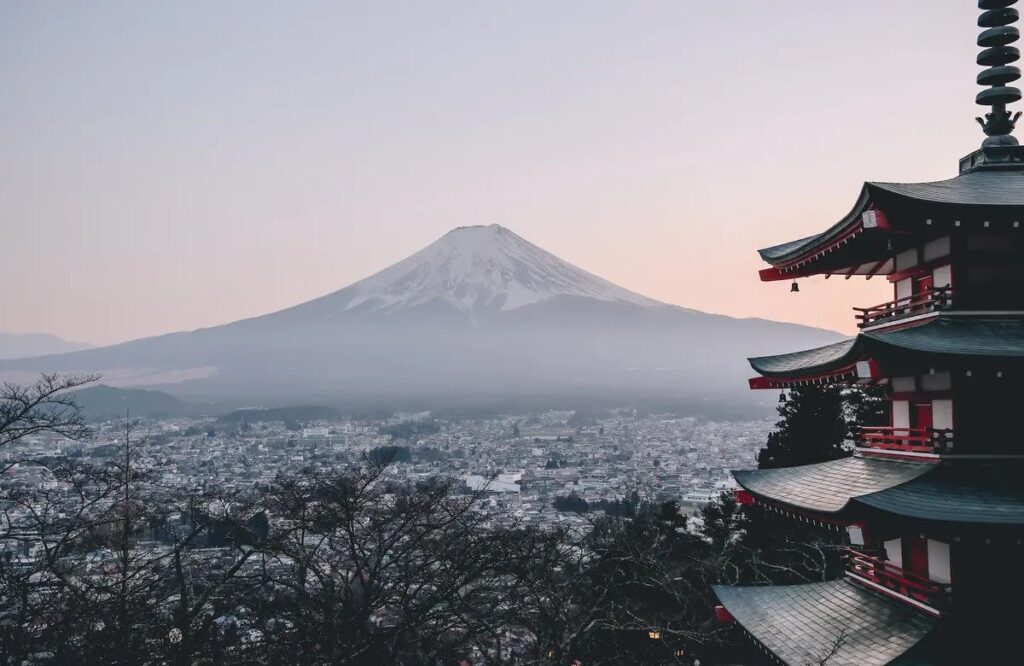The COVID-19 pandemic has created a lot of firsts globally, with quarantining and having a lack of social interaction being a new experience for many. Despite this, countless individuals lived this life for years, dubbed “hikikomori.”
Originally thought as a uniquely Japanese phenomenon, hikikomori has become global as these shut-ins have increased in number in countries other than Japan, a trend that can be attributed to the pandemic. Why do hikikomori exist in the first place? And why has the global pandemic set the foundation for the hikikomori lifestyle to develop?
Definition-wise, hikikomori are generally translated as shut-ins. However, the phenomenon goes beyond simply a desire to stay inside. The condition has multiple parts, where psychiatric states like PTSD or depression and non-psychiatric states like loneliness or chronic internet usage combine.
As such, each person’s hikikomori state would be unique within the definition’s flexibility and wide scope, but all are united by physical and social isolation for an extended period of time, roughly over six months. In addition, a hikikomori is generally considered to be from 20 to 30 years old, as younger people often are diagnosed with internet addiction or some other mental issue.
To understand the way a hikikomori functions, the best place to look is the originator of the condition, Japan. According to a 2010 survey, around 1.2% of the Japanese population are hikikomori, with the number increasing due to social trends.
Due to many parents being absent due to the intense work culture and the lack of strong relationships, some people fall into overly dependent mindsets. These mindsets prime them to become hikikomori. Also, hikikomori live with their families, but sometimes live alone. However, both kinds effectively function the same, living a life of isolation.
Those traits of people with the hikikomori condition have left the cultural sphere of Japan and permeated the world. The way that it has done this is through loneliness.
The COVID-19 pandemic generated that period of loneliness with countries around the world implementing their own versions of quarantines, preventing in-person socializing and interaction. From the beginnings of the pandemic to sometime during the midst, around a 5% increase in loneliness was recorded. Although individuals who had people in the residence or often spoke with others online had less of a likelihood to develop loneliness, they had the potential to experience negative mental states.
An important note is that the people surveyed were primarily from North America and Europe, showing how COVID-19 created loneliness similar to the levels found within Japanese society. Despite this, the hikikomori condition is both a mental and social illness, so other mental issues need to be present to fully develop into a hikikomori.
As a connecting point for individuals across the world experiencing this issue, the internet remains as one of the focal points for the hikikomori condition. It can become a substitute for social interaction for many hikikomori, where they spend time surfing the web or playing video games by themselves. Due to the lack of face-to-face interaction, the feeling of loneliness can creep in, which perpetuates the hikikomori status.
Despite many studies showing the internet to be harmful, other studies have been pointing towards the opposite. Hikikomori are able to socialize via text or multiplayer games which can revitalize their social abilities. These are, in fact, many of the same methods that teens used to continue socializing despite the pandemic removing in-person communication.
Through the process of socializing, hikikomori are able to slowly reverse their condition and enter back into society. There are several strategies recommended for this. The first step is always to identify the problem, as many can write off the hikikomori phenomenon as a phase. Once the problem is fully recognized, family support is an effective way to start, as the hikikomori themselves don’t often initiate themselves on the path back into society.
In a similar vein, getting a licensed professional to schedule a home visit could help, allowing the individual to walk through the problem. With those tools and more used together, the hikikomori condition can soon be a remnant of the past.
With Japan being the main country forced to confront this issue, it is easy for other countries to dismiss this as a problem that does not concern them. However, countries already studied, like the United States, and those not yet researched for the seeds of loneliness, like China, need to learn from Japan or else deal with the consequences of this development.
Within the United States alone, there are an estimated 10 million NEETs (Not in Employment, Education, or Training) which function quite similarly to hikikomori and many might suffer from being a hikikomori at the same time. A lot of American sites like Reddit perpetuate hikikomori behaviors within these NEETs, but not many resources are available to help. This is in comparison to Japan, where 50 support centers were established.
While these statistics for the United States were before the pandemic, the pandemic permitted more people the lifestyle of a hikikomori, as the main requirement of staying inside constantly was fulfilled. As such, by taking some inspiration from the studies done and actions that Japan has put into place to help hikikomori, the United States, amongst the other countries growing in hikikomori, can work to prevent individuals from shutting themselves out from the world. With the pandemic restrictions coming to a close, hikikomori should slowly leave their homes for their own mental wellbeing. By taking a walk or meeting with friends again, hikikomori may realize that there is much more out there in the world than what is in their own rooms.
The story of the hikikomori is a modern one, brought on by society and current events, yet with those same resources, can be resolved. As countries begin to see an increase in hikikomori, looking back on Japan and the research done is a step necessary to solve this important, yet often inconspicuous issue. Through the collective effort of all countries with hikikomoris present, these individuals will be able to step outside and have a community again.







